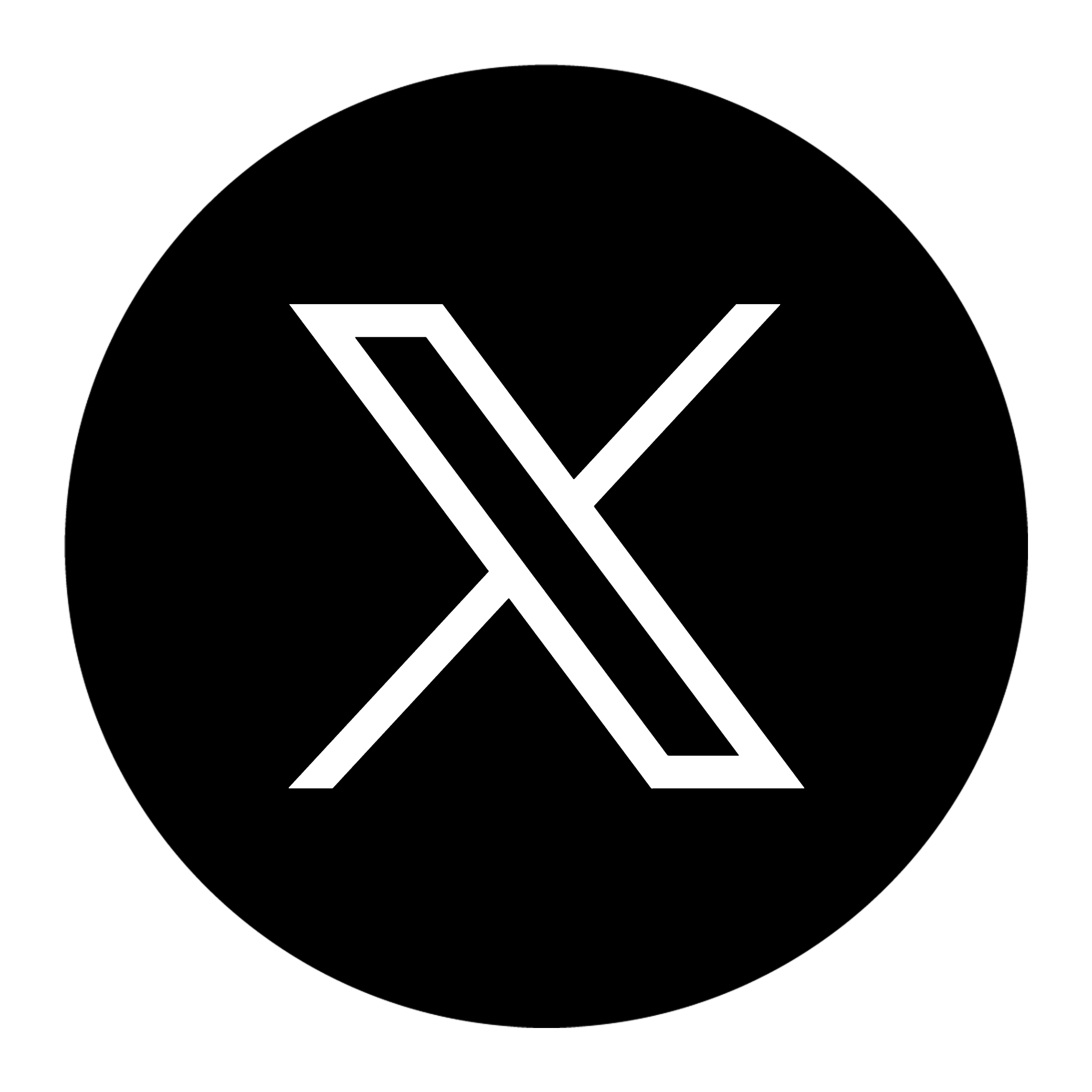Social Media Ads vs. Google Ads: Which Platform Delivers the Best Leads for Your Business?

Businesses need to tap into the most effective advertising platforms to reach their target audience and generate quality leads. Two of the most popular options for paid advertising are Social Media Ads and Google Ads, each offering unique opportunities for lead generation. But which platform delivers the best results for your business?
In this blog post, we’ll dive deep into Social Media Ads (like Facebook, Instagram, and LinkedIn) and Google Ads (formerly Google AdWords), compare their strengths, and explore which one might be the best fit for your lead generation goals.
Understanding Social Media Ads: A Powerful Tool for Targeting
Social media platforms like Facebook, Instagram, LinkedIn, and Twitter offer businesses the ability to advertise in spaces where users are already engaging in conversations, sharing content, and discovering new products. Social media ads are ideal for highly targeted lead generation due to the platforms’ extensive user data.
Benefits of Social Media Ads:
- Advanced audience targeting: Social media platforms allow advertisers to target users based on demographics, interests, behaviors, and even their engagement with similar brands.
- Visual storytelling: Ads can incorporate a wide range of formats, including images, videos, carousels, and stories, making it easier to capture users’ attention.
- Engagement opportunities: Social media ads enable users to directly engage with your brand by liking, commenting, sharing, or clicking through to your website.
- Building brand awareness: Social media platforms excel in building brand awareness through top-of-funnel marketing efforts, helping businesses get on the radar of potential customers.
Ideal for:
- Businesses looking to build relationships and long-term engagement.
- B2C brands selling visually-driven products like fashion, beauty, and lifestyle.
- Companies looking to generate leads based on customer interests and demographics.
However, because users are typically on social media for leisure rather than active product search, social media ads may require more effort in converting leads into sales compared to search-based ads.
Google Ads: Targeting Leads When They’re Ready to Buy
Google Ads is a pay-per-click (PPC) platform where businesses can advertise in Google search results and across Google’s vast display network. The most significant advantage of Google Ads is that it captures users at the moment of intent—when they’re actively searching for specific products or services.
Benefits of Google Ads:
- Search intent: Google Ads target users based on their search queries, meaning they’re already looking for solutions, making them more likely to convert into leads.
- High lead quality: Since users are often in the decision-making stage, leads generated from Google Ads tend to be more ready to make a purchase or inquiry.
- Measurable ROI: Google Ads offers detailed analytics, allowing businesses to track key metrics like conversion rates, cost-per-lead, and return on ad spend (ROAS).
- Wide reach with Display Network: Google Ads can also reach users via the Google Display Network, showing ads across a variety of websites and apps that people visit.
Ideal for:
- B2B companies or businesses that rely on lead generation for services like consulting, SaaS, or high-ticket products.
- Companies targeting users at the bottom of the funnel, when they’re ready to take action.
- Businesses looking for highly qualified leads that are closer to making a purchasing decision.
While Google Ads excels in generating leads from users with high purchase intent, its cost-per-click (CPC) can be higher in competitive industries, making it less budget-friendly than some social media ads.
Social Media Ads vs. Google Ads: A Side-by-Side Comparison
| Feature | Social Media Ads | Google Ads |
| Lead Generation Focus | Top-of-funnel, awareness, and interest-building | Bottom-of-funnel, ready-to-buy customers |
| Audience Targeting | Demographics, interests, behaviors | Keywords and search intent |
| Cost | Lower CPC in general, flexible budget options | CPC can be higher, especially in competitive industries |
| Ad Formats | Visual-heavy: images, videos, stories | Text-based search ads, Display Network banners |
| Conversion Rates | May require nurturing before leads convert | Higher conversion rates due to high intent |
| Best for | B2C, visually-driven products, engagement | B2B, service-based, lead generation for ready-to-buy users |
| Campaign Goal | Brand awareness, engagement, top-of-funnel leads | Direct leads, bottom-of-funnel conversions |
Choosing the Right Platform for Your Business
The best platform for lead generation depends on your business goals, target audience, and budget. Let’s break down some key considerations:
1. If Your Focus is on Brand Awareness and Engagement
Social Media Ads are ideal for businesses that want to generate leads over time by building relationships and brand recognition. Platforms like Facebook and Instagram allow you to target specific audience segments based on interests, behaviors, and even engagement with previous ads.
For example, if you’re a B2C business selling consumer products (like fashion, fitness, or beauty), social media ads provide a visual and engaging platform to capture users’ attention and guide them down the sales funnel.
2. If You Need Quick, High-Intent Leads
Google Ads works best when you need leads that are closer to making a purchase decision. Since Google Ads primarily focuses on users with high intent (i.e., they’re actively searching for your product or service), it’s an excellent platform for B2B businesses or service providers who need qualified leads that are ready to convert.
For example, a local contractor looking for leads in their area will find Google Ads highly effective because they can target users who are searching for specific services like “plumbing repair near me.”
3. If You Want to Leverage Both Platforms for Maximum Impact
One of the most effective strategies is to combine both platforms. You can use Social Media Ads to build awareness and drive top-of-funnel traffic, then retarget engaged users with Google Ads for lead conversion. This multi-platform approach covers both awareness and intent, ensuring you capture leads at every stage of the buyer’s journey.
How to Measure Success for Paid Ads and Lead Generation
Regardless of the platform you choose, measuring the success of your lead generation campaigns is crucial. Key metrics to track include:
- Cost-per-lead (CPL): How much are you paying to acquire each lead?
- Click-through-rate (CTR): Are people engaging with your ads?
- Conversion rate: What percentage of ad clicks are converting into leads or sales?
- Return on ad spend (ROAS): Are your campaigns delivering a profitable return?
Both Social Media Ads and Google Ads offer robust analytics tools that help you optimize your campaigns over time, ensuring you’re getting the most value out of your ad spend.
When it comes to Social Media Ads vs. Google Ads, there’s no one-size-fits-all answer to which platform delivers the best leads. Social Media Ads excel in building awareness and nurturing leads over time, making them ideal for businesses looking to grow their brand and engage with potential customers. On the other hand, Google Ads targets users with high purchase intent, making it a great tool for businesses that need immediate, qualified leads.
Ultimately, the choice between social media and Google Ads comes down to your specific business needs, goals, and audience. If you’re looking for the best of both worlds, a hybrid approach combining social media for engagement and Google Ads for lead conversion can deliver outstanding results.
Need Help with Your Paid Ad Strategy?
At Sites by Sara, we specialize in helping businesses generate high-quality leads through paid advertising on both Google and social media. Whether you’re just getting started or looking to optimize your existing campaigns, we can guide you through the process and help you achieve the best ROI.
Contact Sites by Sara today to supercharge your lead generation strategy and start turning clicks into customers!
FAQs
1. Are social media ads or Google Ads better for lead generation?
Both platforms have their advantages. Social media ads are better for building awareness and engaging users early in the funnel, while Google Ads are better for capturing high-intent leads ready to convert.
2. Which platform is more cost-effective for generating leads?
Social media ads typically have a lower cost-per-click (CPC) compared to Google Ads, but the quality of leads can vary depending on your targeting and ad strategy. Google Ads can deliver higher-quality leads due to search intent but may have a higher CPC in competitive industries.
3. Can I use both Google Ads and Social Media Ads together?
Yes! Many businesses use a combination of both platforms to cover the entire buyer’s journey—from brand awareness to conversion. You can use social media ads to build awareness and Google Ads to capture users when they’re ready to buy.
4. How do I track the success of my paid ad campaigns?
Key metrics include cost-per-lead (CPL), click-through rate (CTR), conversion rate, and return on ad spend (ROAS). Both Google Ads and social media platforms offer robust analytics tools to help you track and optimize your campaigns.
5. What’s the best ad format for social media ads?
The best ad format depends on your audience and business goals. Popular formats include image ads, carousel ads, video ads, and story ads. Video ads often have higher engagement, while carousel ads allow you to showcase multiple products or services.




